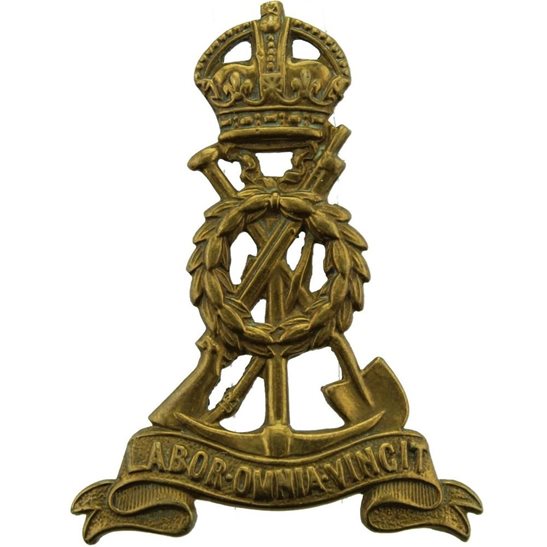Personal Details
Born: Quarter 1 1884 in Whitchurch, Shropshire and baptised on 6 February 1884 at St. Alkmund`s Church, Whitchurch.
Family: He was the fourth of five children born to John Davies , a gardener, and his wife Hannah. He married Lily Brookes on 7 June 1905 at Wrenbury Parish Church, Wrenbury, Cheshire. The couple had 3 children, George Price, Annie May and Mary.
Residence: In 1891 Herbert was living in Chester Road, Whitchurch with his parents. By 1901 he was working at Wilkesley Farm, Dodcott cum Wilkesley, Cheshire. Ten years later and married he is back in Chester Road at Peacock Cottage. The 1919 Absent Voters Register has an address of 10 Brooklands for him. No address for him can be found after this date.
Employment: On the 1901 Census his occupation was a groom but by 1911 he was described as a farm labourer.
Died: Not known.
Military Details
Regiment: Labour Corps (previously Cheshire Regiment)
Rank: Private
Service Number: 37902 (previously 55648)
Date of Enlistment: Not known
Date of Discharge: Not known
Reason for Discharge: Not known
Medals: Victory and British War Medal
Herbert was awarded the Campaign Medals (British War Medal, and Victory Medal).

The British War Medal (also known as 'Squeak') was a silver or bronze medal awarded to officers and men of the British and Imperial Forces who either entered a theatre of war or entered service overseas between 5th August 1914 and 11th November 1918 inclusive. This was later extended to services in Russia, Siberia and some other areas in 1919 and 1920. Approximately 6.5 million British War Medals were issued. Approximately 6.4 million of these were the silver versions of this medal. Around 110,000 of a bronze version were issued mainly to Chinese, Maltese and Indian Labour Corps. The front (obv or obverse) of the medal depicts the head of George V. The recipient's service number, rank, name and unit was impressed on the rim.
The Allied Victory Medal (also known as 'Wilfred') was issued by each of the allies. It was decided that each of the allies should each issue their own bronze victory medal with a similar design, similar equivalent wording and identical ribbon. The British medal was designed by W. McMillan. The front depicts a winged classical figure representing victory. Approximately 5.7 million victory medals were issued. Interestingly, eligibility for this medal was more restrictive and not everyone who received the British War Medal ('Squeak') also received the Victory Medal ('Wilfred'). However, in general, all recipients of 'Wilfred' also received 'Squeak' and all recipients of The 1914 Star or The 1914/1915 Star (also known as 'Pip') also received both 'Squeak' and 'Wilfred'. The recipient's service number, rank, name and unit was impressed on the rim.

